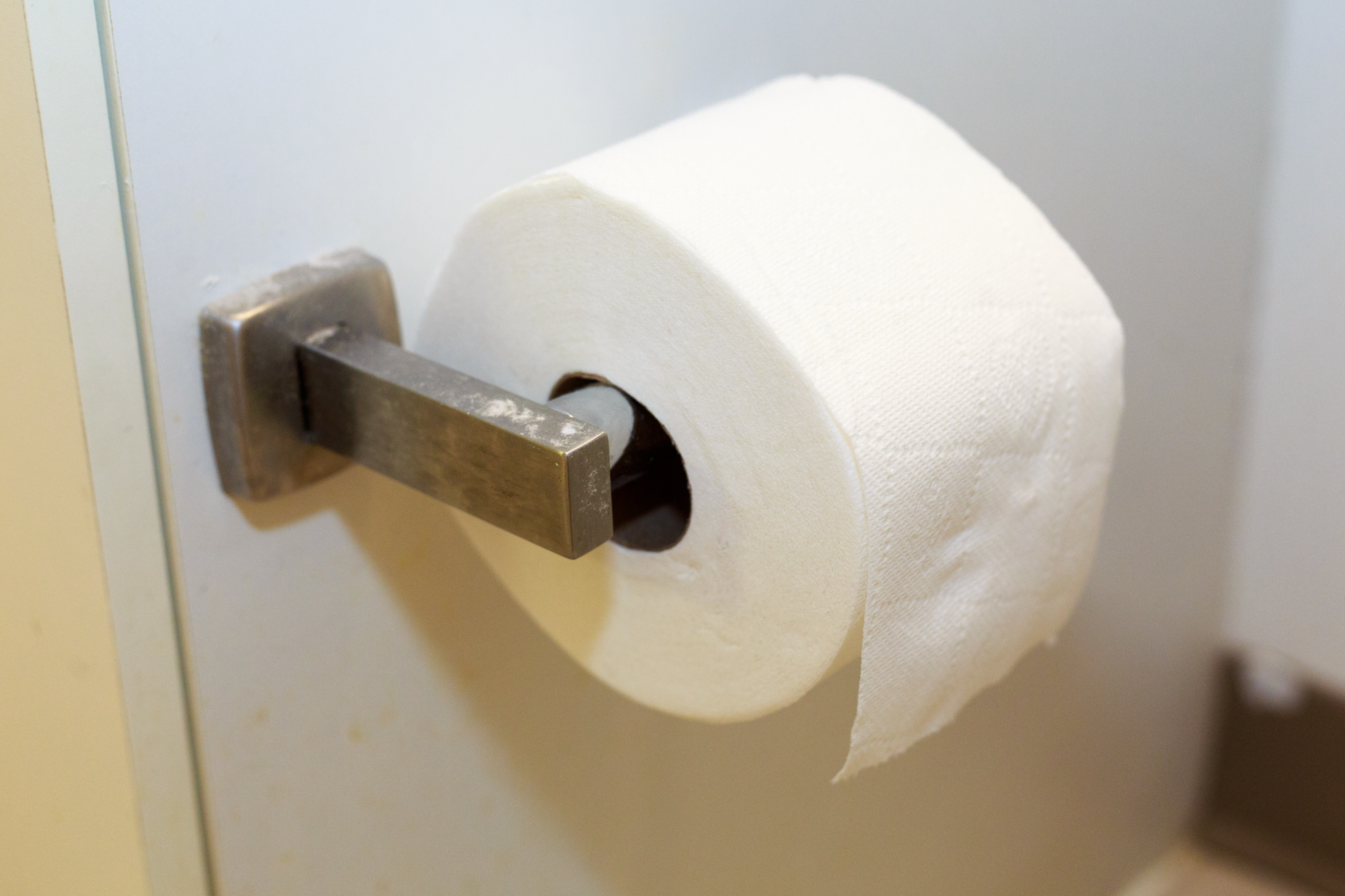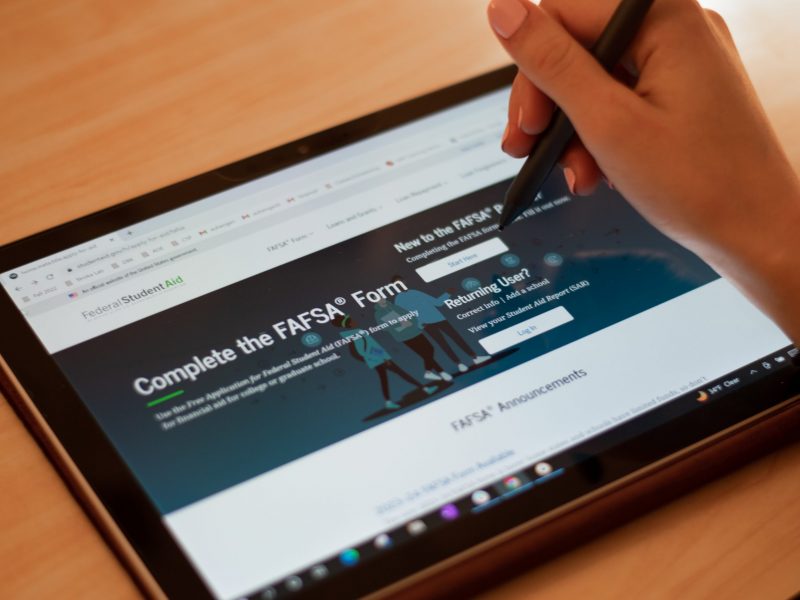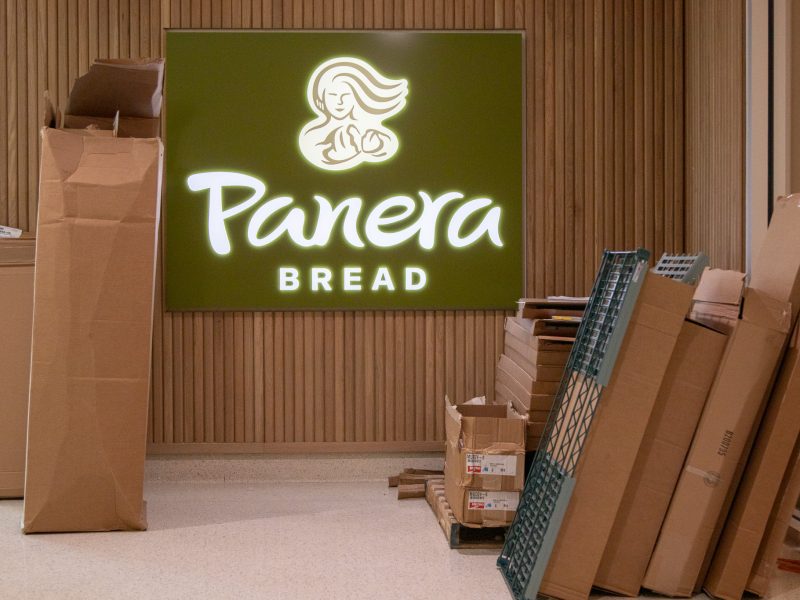University of Maryland residents should enjoy their two-ply toilet paper while it lasts.
On April 12, the Residential Facilities Advisory Board, a standing committee of the Residence Hall Association Senate, voted against permanent implementation of a two-ply pilot program that began last fall.
Data based on the three-month pilot program indicates that two-ply toilet paper would cost the university about $57,000 more than one-ply over a year, according to the Department of Residential Facilities.
“We thought that if it was cost-effective, then it might be worth throwing money into,” said Tzvi Glazer, chairman of the Resident Facilities Advisory Board. “We voted as a committee that it is not worth the cost to continue.”
In October, the RHA Senate, in conjunction with Residential Facilities, approved the pilot program to gauge the feasibility of a permanent transition to the more comforting product.
“Initially, we thought [two-ply] would be less expensive, based on the amount of usage,” said Glazer, a sophomore government and politics and sociology major. “Then we thought, even if it’s just a little more expensive, it might be worth it.”
According to the data from the pilot program, a 15 percent decrease in sheets of toilet paper used over the three-month trial period was not enough to offset a 68 percent cost increase over the same period.
Annualized based on factors such as cost per case of rolls and number of sheets per roll, Residential Facilities estimates the department would have to spend $113,680 a year on two-ply toilet paper, more than doubling the $56,240 it spent on one-ply in 2014.
“The cost per sheet is a little bit more than twice as much, so it was a little bit of a reach that the usage would go down to offset the price per sheet,” Residential Facilities Director Jon Dooley said. “I met with [the Resident Facilities Advisory Board] a week ago and presented them with this usage information. Their consensus was that the cost was unacceptably high and that they would not recommend to the senate that the use of two-ply continue, despite there being a slight reduction in paper actually consumed.”
Shakira Stogdon-Battle, a freshman public health science major, said two-ply is more comfortable than one-ply, warranting the expenditure.
“It’s worth the added cost,” she said. “Just go ahead with the money. What is that money going towards anyway?”
Freshman aerospace engineering major Anaiah Hodge said she felt the money could be put to better use.
“I like the comfort of it, but with the extra cost, it’s not that serious,” Hodge said. “If you want comfort, bring your own toilet paper.”
Although the cost analysis was not favorable for those who preferred two-ply, Glazer said, he is happy the RHA Senate pushed for the pilot program.
“I don’t think it was a waste,” he said. “Now we know. We won’t be wondering about what the costs might be in the future.”



